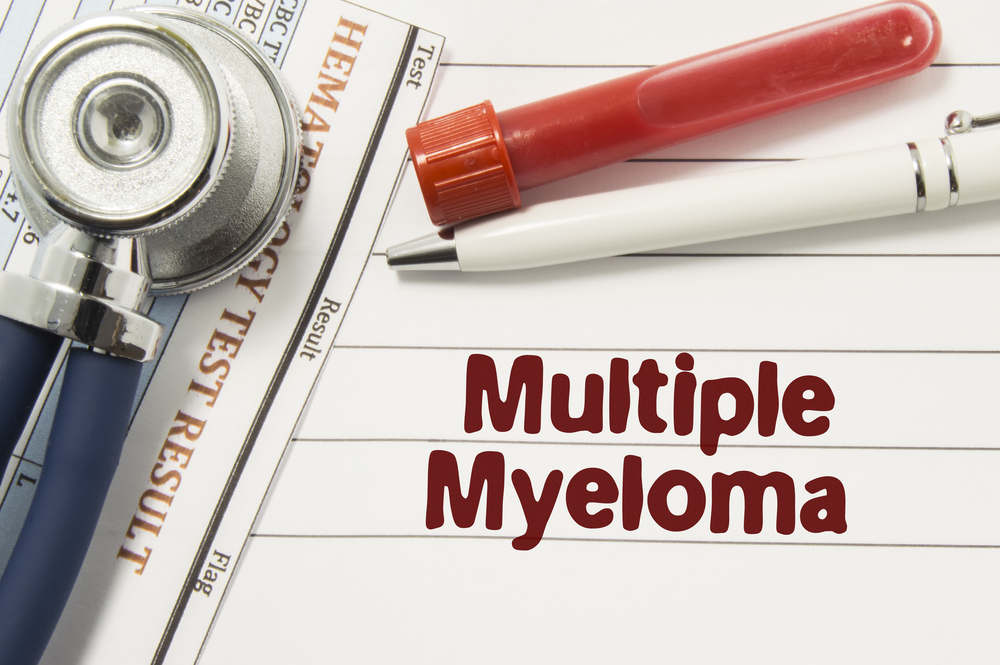DIAGNOSIS
Your primary care physician will request for tests to check the status of your myeloma while you’re in remission. These may include:
- Blood or urine test
- Bone marrow biopsy
- Bone scan
- Computed tomography (CT) scan
- Magnetic resonance imaging (MRI)
- Physical exam
Strange outcomes could imply that the condition has returned.
TREATMENT
There are many treatment options if you have a relapse. The most widely recognized include:
Chemotherapy. This treatment destroys cancer cells in your body. If your multiple myeloma returns, you may get a higher portion of an alternate course of medications, for example,
- Cyclophosphamide (Cytoxan, Neosar)
- Doxorubicin (Adriamycin, Rubex)
- Melphalan (Alkeran)
- Vincristine (Oncovin, Vincasar, Vincrex)
Your PCP may likewise attempt high-portion steroids alone.
Stem cell transplant. The high portions of chemo or radiation used to treat a numerous myeloma relapse can execute the stem cells in your bone marrow. To secure them and keep them safe, your primary care physician obtains undifferentiated cells, usually from your hip. They’ll utilize a major needle to haul out the fluid marrow while you’re snoozing. The cells are solidified and came back to your body through a vein after your treatment.
Targeted therapies. These drugs target explicit pieces of cells that help cancer cells develop, partition, or spread. Those utilized for recurrent multiple myeloma include:
- Thalidomide (Thalomid)
- Selinexor (Xpovio)
- Pomalidomide (Pomalyst)
- Panobinostat (Farydak)
- Lenalidomide (Revlimid)
- Ixazomib (Ninlaro)
- Elotuzumab (Empliciti)
- Daratumumab (Darzalex)
- Carfilzomib (Kyprolis)
- Bortezomib (Velcade)
You could likewise get a mix of these medications.
Clinical trials. You should consider this if your disease returns. These treatment options allow you to attempt new medicines that aren’t generally accessible.
Palliative care. Your primary care physician may likewise offer this to facilitate your indications or oversee complexities.


